Morning meetings are becoming a classroom staple, especially in elementary classrooms. They’re a way to help kids (and teachers!) focus and prepare themselves for the day of learning ahead. They also provide a chance for social-emotional learning and community building. These morning meeting activities and games offer ideas for making this time valuable—and fun!
Jump to:
Morning Meeting Activities
Most of these activities can be tweaked to work with little kids or teens. Some are quick, while others might need to be spread out over several meetings, but they’re all engaging and fun!
Sing a welcome song
Little ones love a greeting song! Find our list of favorites here.
Post a morning message
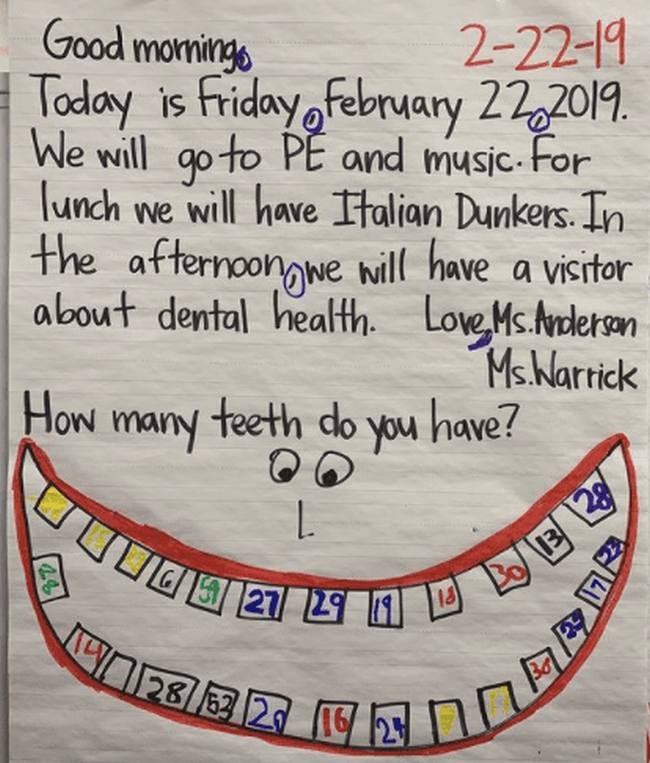
Give kids an idea of what to expect that day. They can read it while they settle in for the day and respond to any prompts you offer. Find more morning messages here.
Source: @thriftytargetteacher
Ask a question to get them thinking
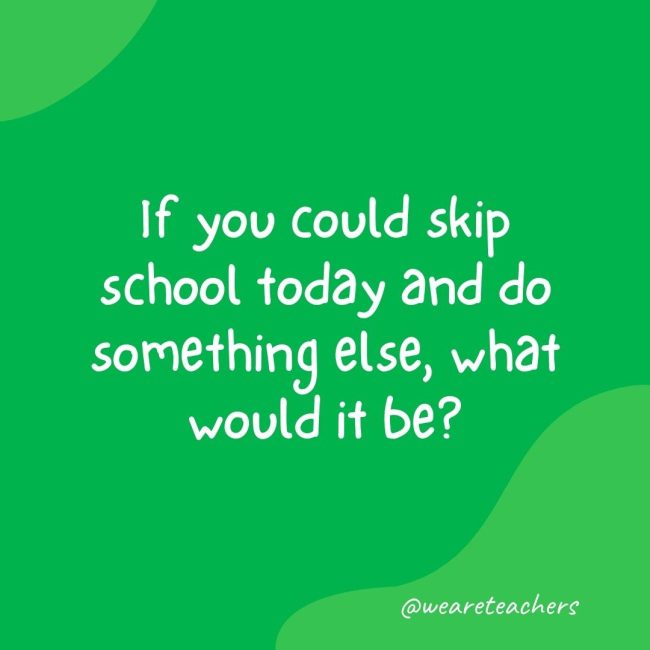
Use morning meeting questions as journal prompts or discussion topics. Or ask kids to write their responses on sticky notes and add them to your whiteboard or chart paper. Get 100 morning meeting questions here.
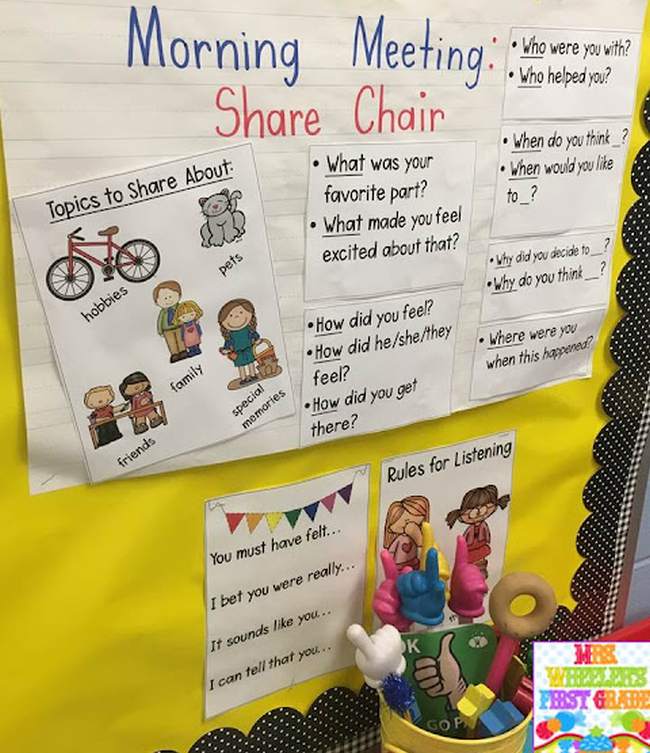
Morning meeting activities are an ideal time to develop sharing and listening skills. The “share chair” encourages the sitter to share their thoughts and feelings, while others practice their active-listening skills.
Learn more: Mrs. Wheeler’s First Grade
Put the teacher in the hot seat
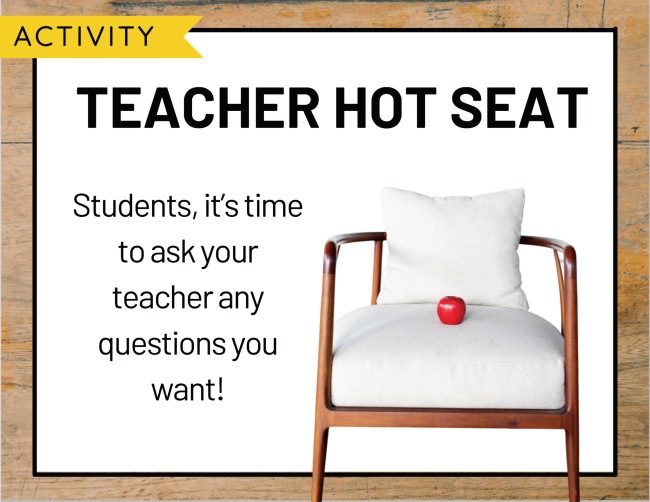
Kids love a chance to get to know their teacher better. Take your own turn at sharing, and use it as a chance to connect with your students.
Learn more: Teacher Hot Seat at Erin Waters Elementary Education
Review the calendar
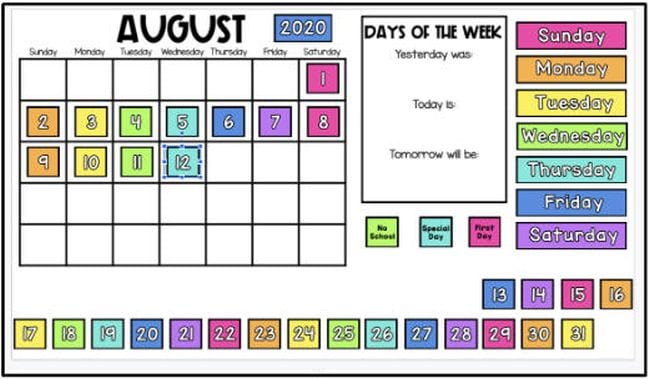
Calendar time is one of those traditional morning meeting activities for the younger crowd. Review the weather, talk about the days of the week, and even get some counting practice! Find the best interactive online calendars here.
Source: A Sunny Day in First Grade on Teachers Pay Teachers
Take a virtual field trip

Virtual field trips let you visit faraway places in just a few clicks. Plus, you can spend as much or as little time on them as you have available. See our roundup of the best virtual field trips here.
Try a STEM challenge
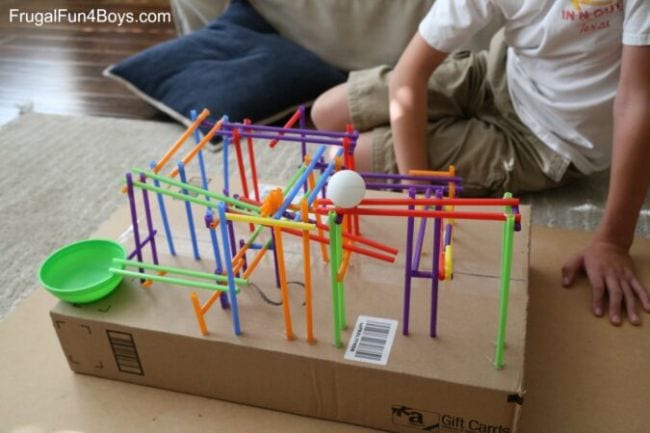
STEM challenges get kids thinking creatively, and they make terrific cooperative morning meeting activities. See 50 STEM challenges for kids of all ages here.
Source: Frugal Fun for Boys and Girls
Work on a collaborative art project
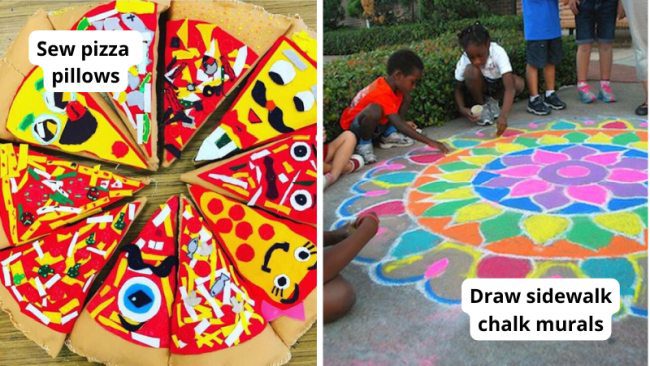
Creating art together gives students a sense of pride. These collaborative art projects include options for every age and skill level.
Make a craft
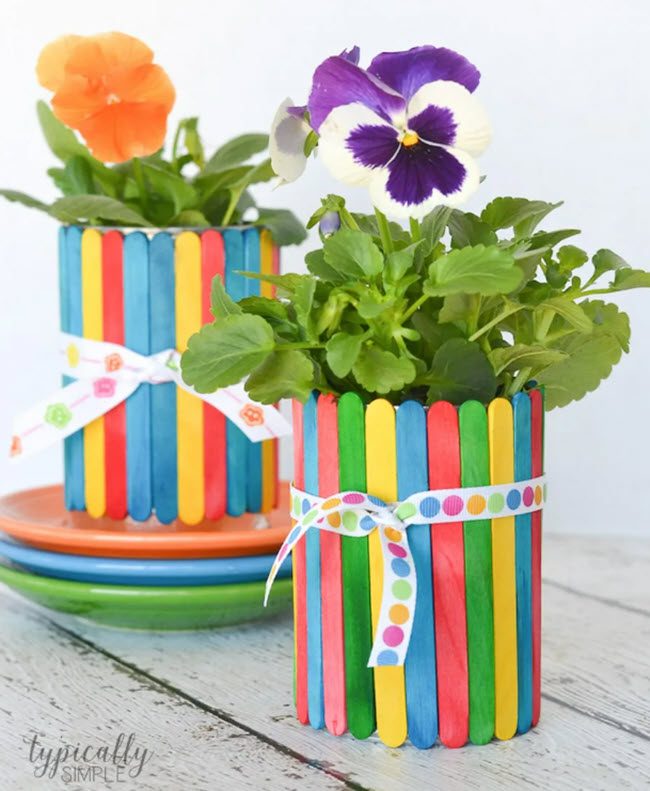
Even if you only have a few minutes each morning, kids can work on craft projects little by little. Creativity is such a nice way to start the day! Here are some of our favorite craft projects:
Source: Typically Simple
Do some directed drawing
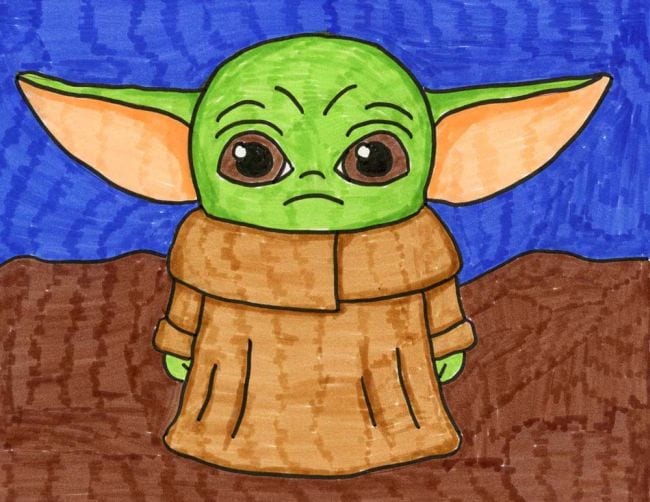
Directed drawing helps anyone unlock their artistic abilities. Find our list of the best free directed drawing activities here.
Source: Art Projects for Kids
Get up and move with GoNoodle
Kids and teachers both love GoNoodle! Their cheery videos are a great way to get kids pepped up and ready for the day. See our roundup of teachers’ favorite GoNoodle videos here.
Morning Meeting Games
Play these games to help kids get to know each other or learn to work cooperatively. Encourage everyone to participate, and ensure they all get a chance to lead too.
Fingertip Hula-Hoop
Students stand in a circle and raise their arms with only their index fingers extended. Place a Hula-Hoop so that it rests on the tips of their fingers. Tell the students they must maintain a fingertip on the Hula-Hoop at all times, but they are not allowed to hook their finger around it or otherwise hold the hoop; the hoop must simply rest on the tips of their fingers. The challenge is to lower the hoop to the ground without dropping it. Bonus points if they can do it without talking!
Line it up
Tell students they’re going to line up in order of height (or birthday month and day, alphabetically by middle name, or any way you choose). The trick is, they can’t talk while they’re doing it! They’ll need to figure out other ways to communicate. It’s interesting to see what they come up with!
Common thread
Divide students into groups of four and have them sit together in these small groups. Give each group two minutes to chat among themselves and find something they all have in common. It could be that they all play soccer, or pizza is their favorite dinner, or they each have a kitten. Whatever the common thread, the conversation will help them get to know one another better. Check in with the groups after two minutes to see if they need more time. Then switch up the groups and repeat.
Hula-Hoop Pass
This one’s best for smaller kids, but it’s lots of fun. Kids hold hands and try to pass a Hula-Hoop around the circle, stepping through it without breaking their hold. (Remember to be conscious of those with physical limitations if you try this one.)
Mingle Mingle Group
This activity is good for encouraging kids to mix it up. Students mill about the room saying, in a quiet voice, “Mingle, mingle, mingle.” Then, you call out a group size, for example, groups of three. Students must break into groups of that size. The goal is to form different groups of individuals every time. If a person tries to join a group with whom they have already partnered, they must find a different group. After a few rounds, the process may take a bit of rearranging!
Tackle the Task List
This activity helps students negotiate and work together toward a common goal. Make a list of tasks, assigning a point value for each job. For example: Do 25 jumping jacks (5 points); make up a (kind) nickname for each member of the class (5 points); get every person in the class to sign a piece of paper (15 points); form a conga line and conga from one end of the room to the other (5 points, 10 bonus points if anyone joins you); etc. Make sure you list enough tasks to take up more than 10 minutes. Divide your students into groups of five or six and give them 10 minutes to collect as many points as they can by deciding which tasks from the list to perform.
Scavenger Hunt
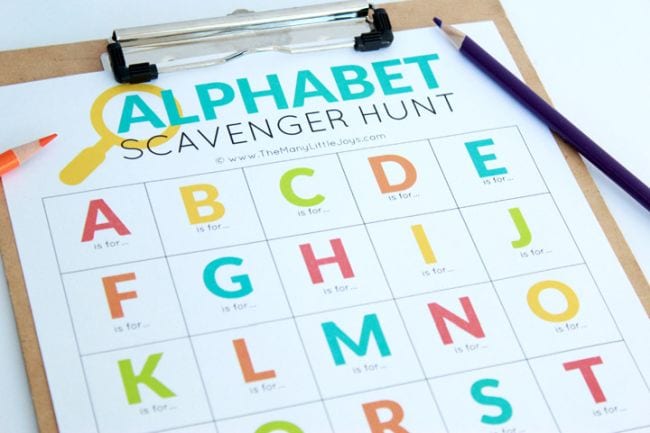
Team kids up to complete a scavenger hunt. We’ve got lots of terrific options to try here. They’ll work together to come up with creative ideas, plus develop keen observation skills.
Source: The Many Little Joys
Creative Solutions
This activity encourages creative problem-solving. Pick four or more different objects, such as a coffee can, a potato peeler, a knit hat, and a book. Split students into even teams. Now present a situation where each team has to solve a problem using only those objects. These scenarios can be anything from “students are stranded on a desert island and must find a way to get off or survive” to “students must save the world from Godzilla” and beyond. Give the teams five minutes to figure out an original solution to the scenario, including ranking each object based on its usefulness. When the five minutes are up, have each team present their solution along with their reasoning to the class. (Tip: Don’t make the scenarios so easy that it is obvious which objects will be most useful.)
Group Juggle
Have students circle up and have a supply of small plastic balls at the ready. Start by tossing one ball from person to person in the circle. After a minute, add in another ball. Instruct students to mindfully toss the ball, avoiding a collision. After another minute, add in another ball. Continue adding balls in each minute to see how many balls your students can successfully juggle.
Categories
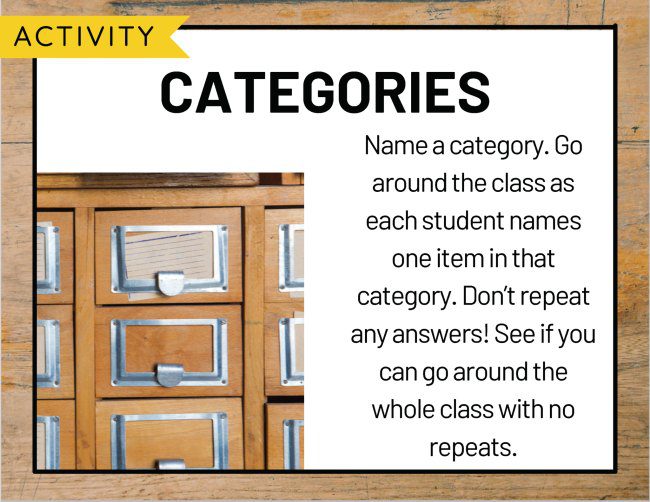
This is such a fun game, and one with endless options. Let a different student choose a category each time you play.
Source: Categories at Erin Waters Elementary Education
Corners
Label the four corners of your classroom with paper signs reading “Strongly Agree,” “Agree,” “Disagree,” and “Strongly Disagree.” Students begin seated at their desks. Call out a statement such as “Math is my favorite subject in school” or “Cats are better than dogs.” Students get up and move to the corner that best represents their opinion on the topic. This is a great activity for students to see what opinions they have in common with their classmates.
Never Have I Ever
Have your students sit in a circle and hold up both hands in front of them, spreading all 10 fingers. Read one of the statements from this list of elementary-appropriate Never Have I Ever questions. If students have done what the statement says, they put one finger down. For example, if the statement is “Never have I ever seen a shooting star,” you would fold down one finger if you HAD seen a shooting star. At the end of the game, the person/people with the most fingers still standing win.
Talk It Out Basketball
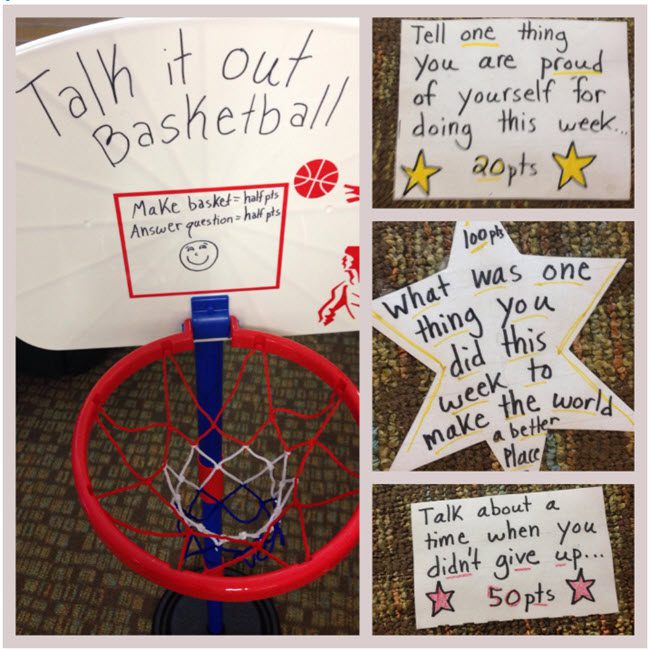
Combine sports with some SEL sharing in this fun game. Kids earn points both by shooting baskets and by answering questions about kindness, perseverance, strength, and more.
Learn more: Art of Social Work
Plus, check out these Zones of Regulation Activities To Help Kids Manage Their Emotions.





















